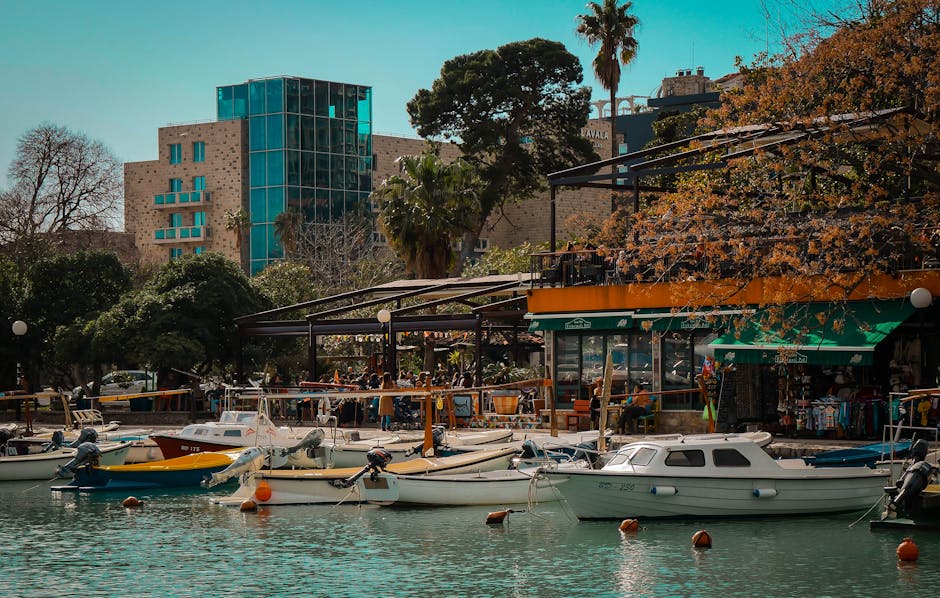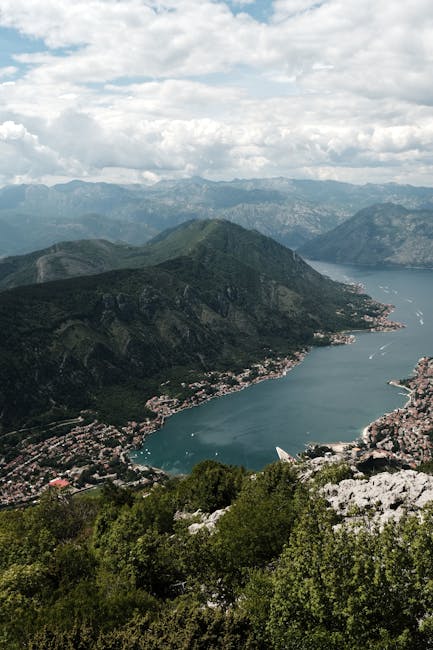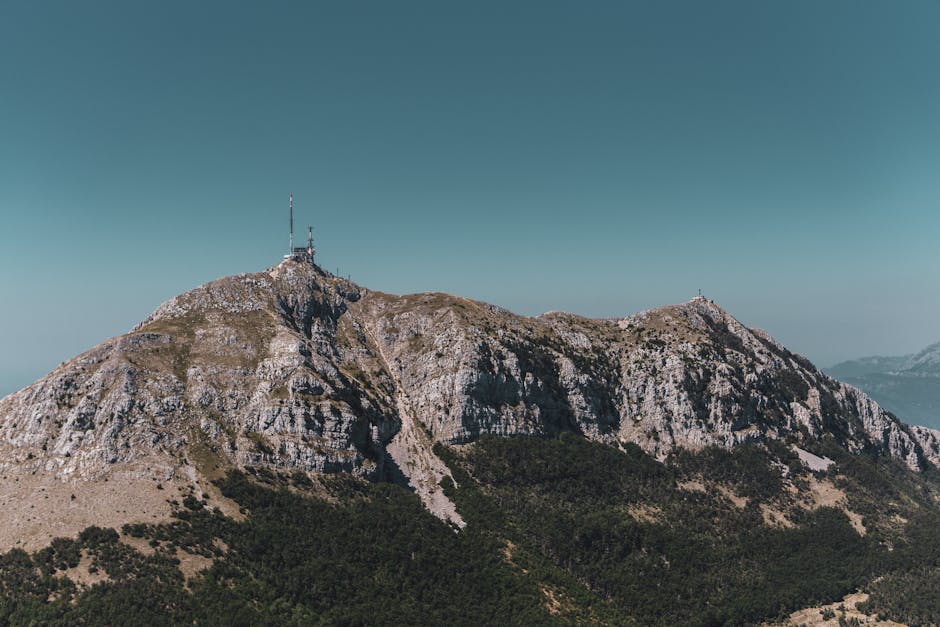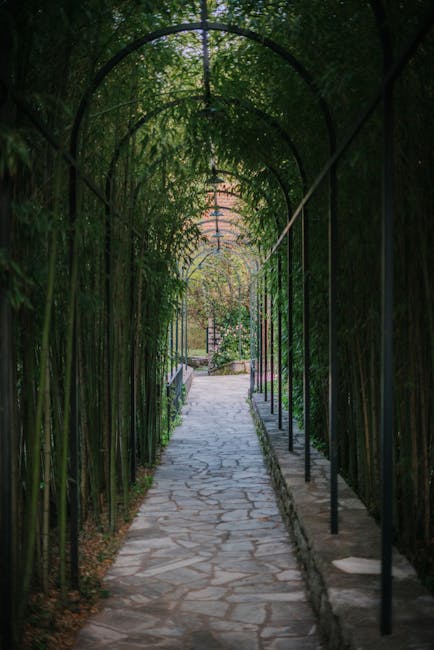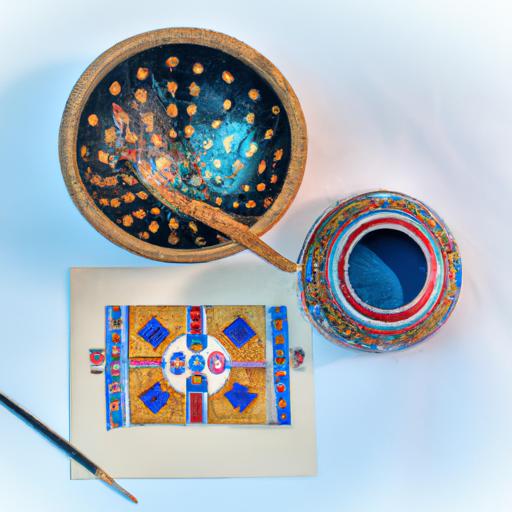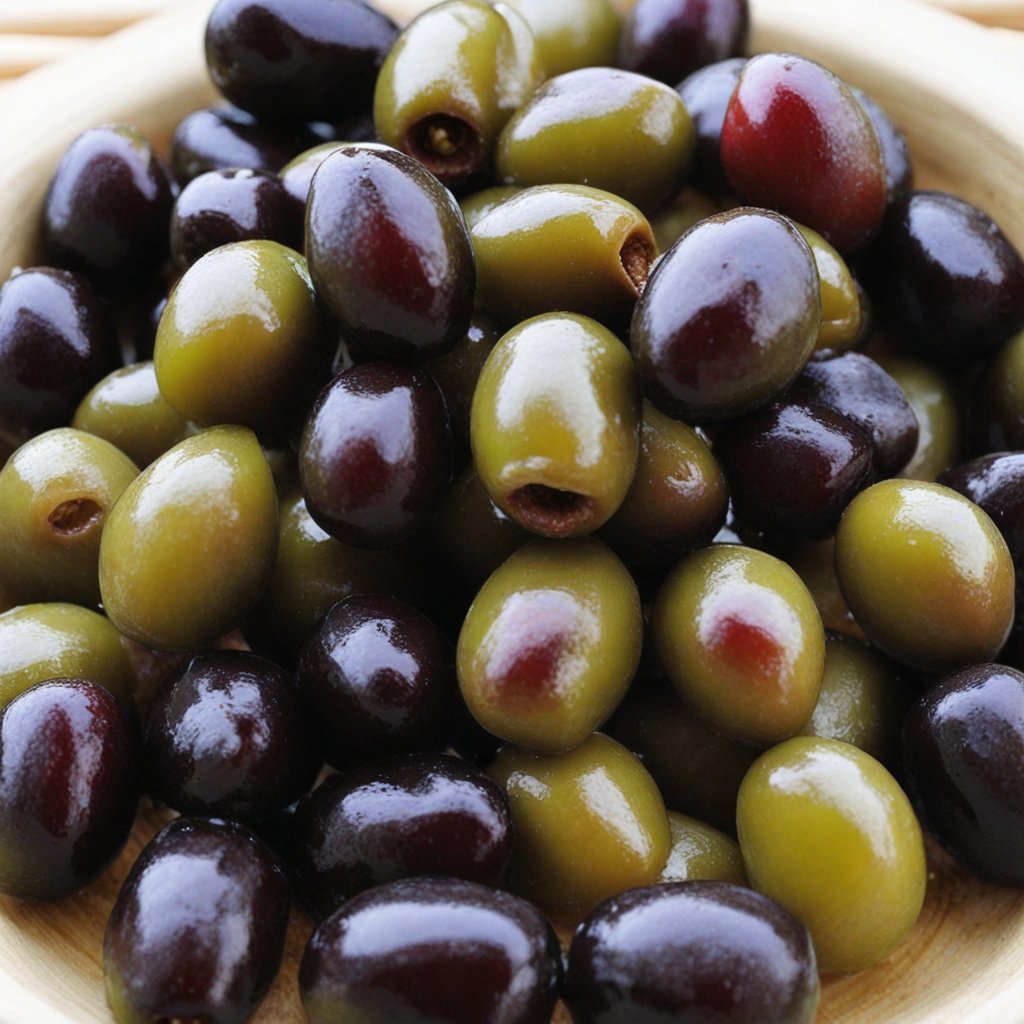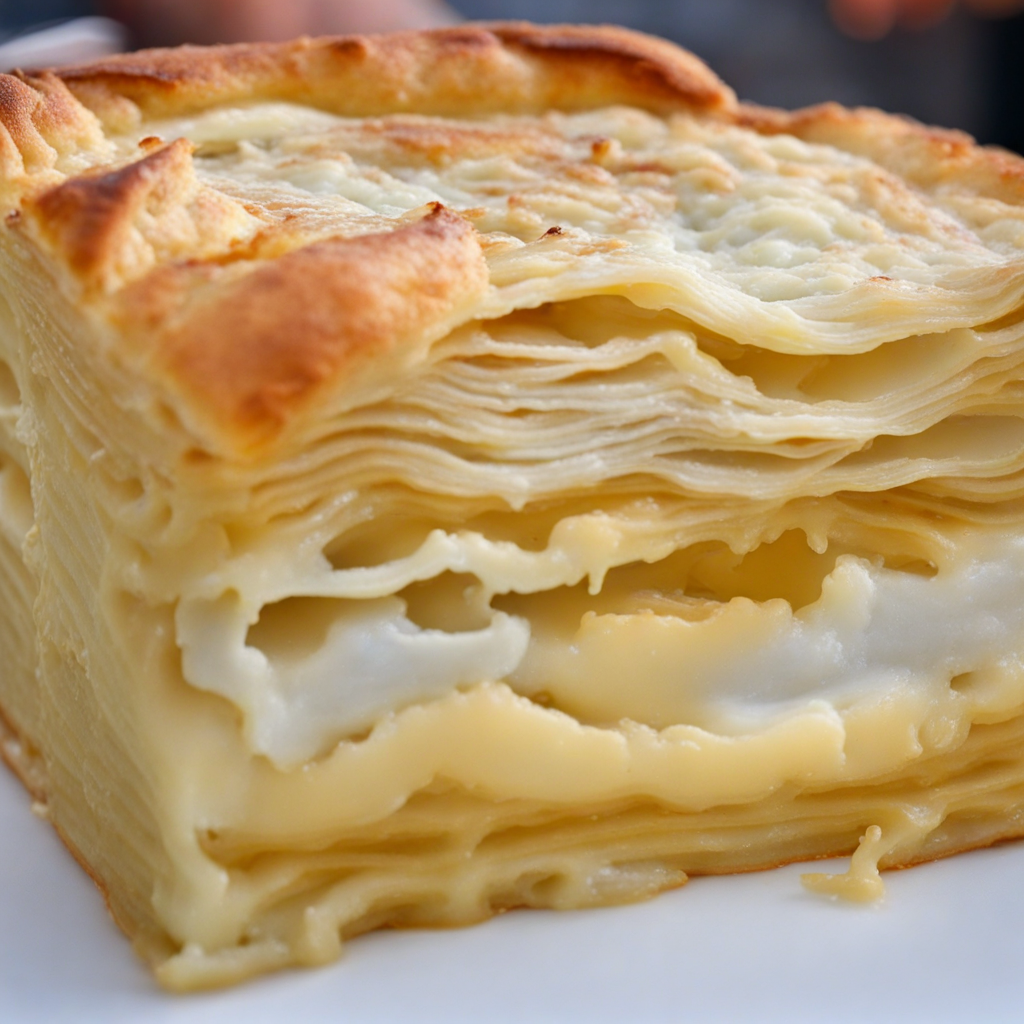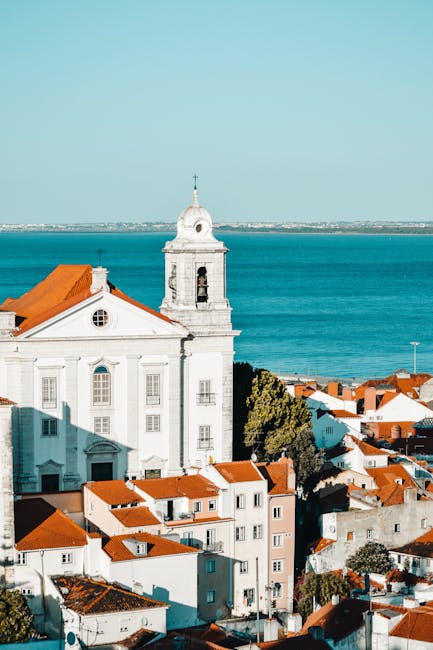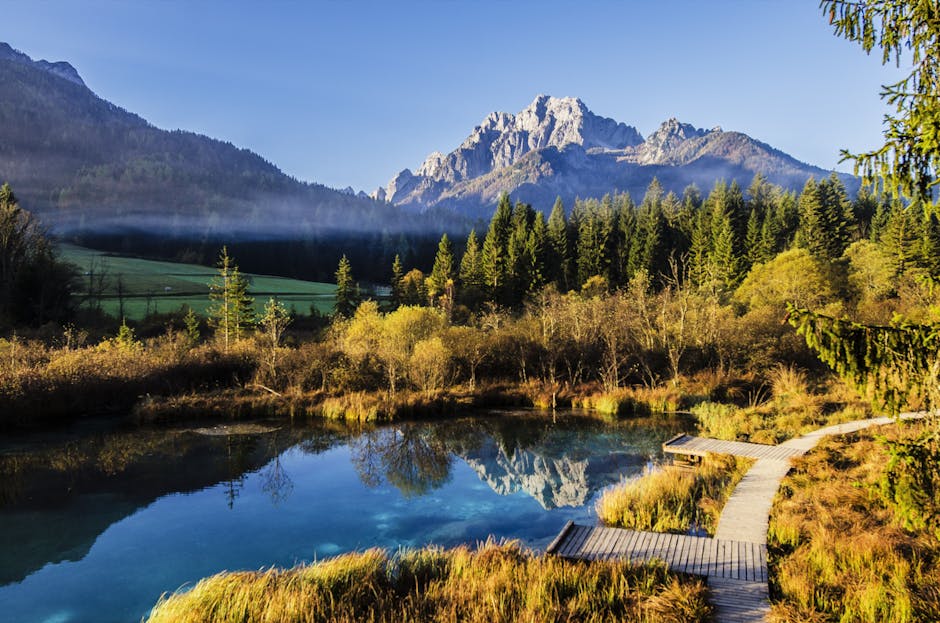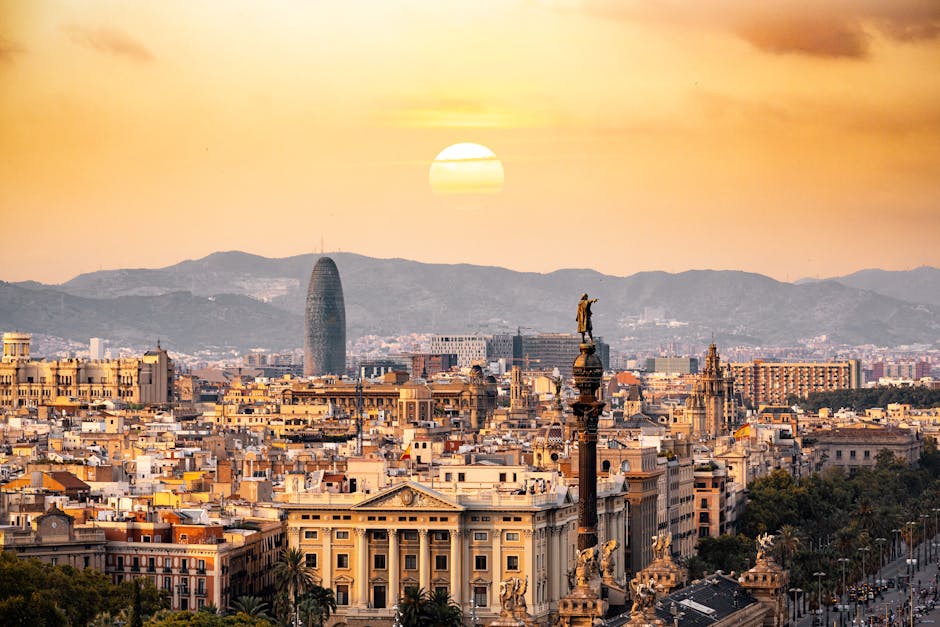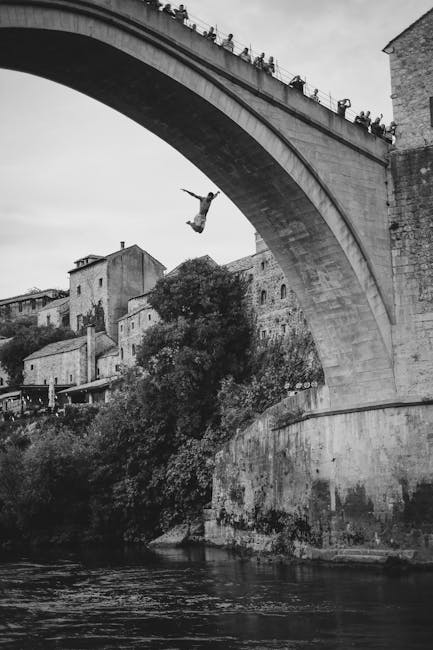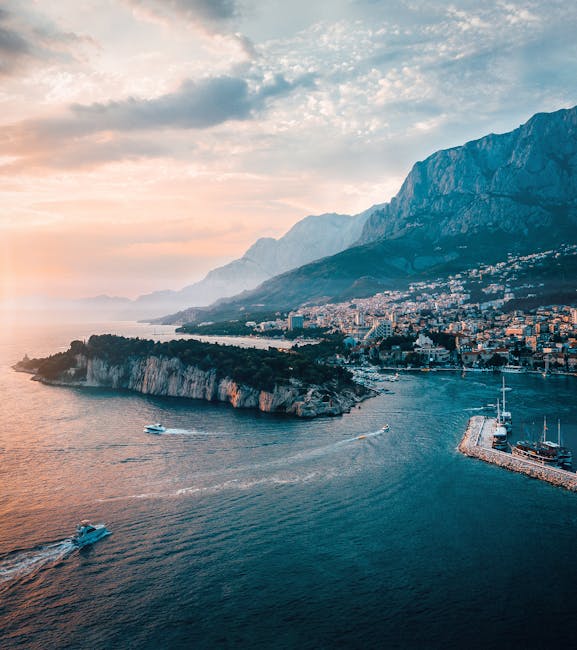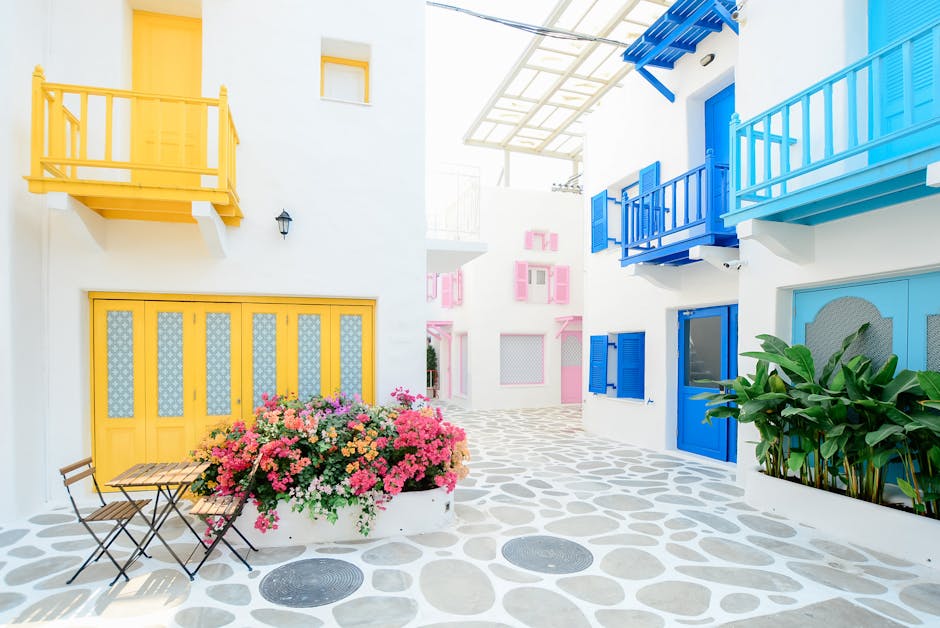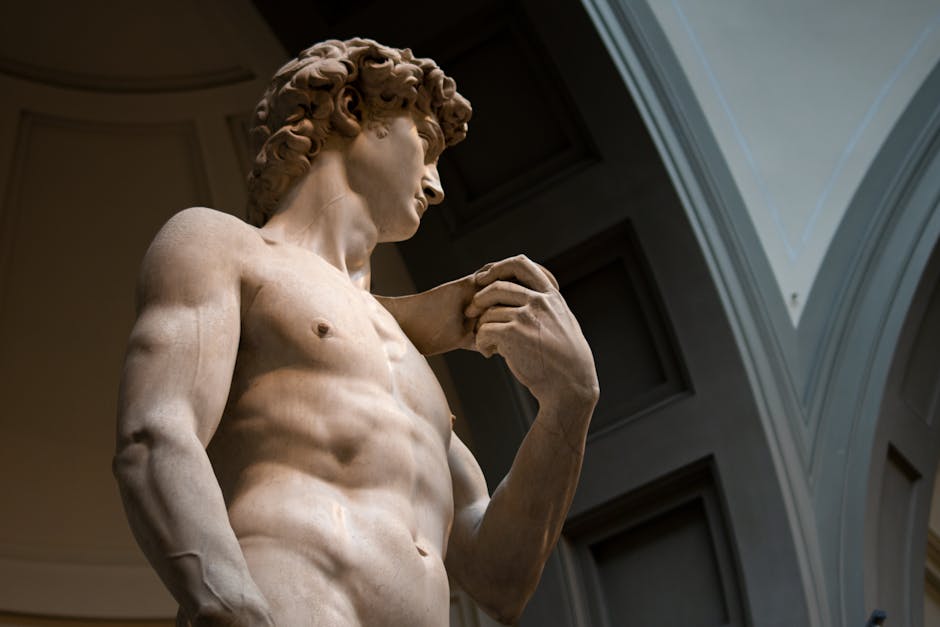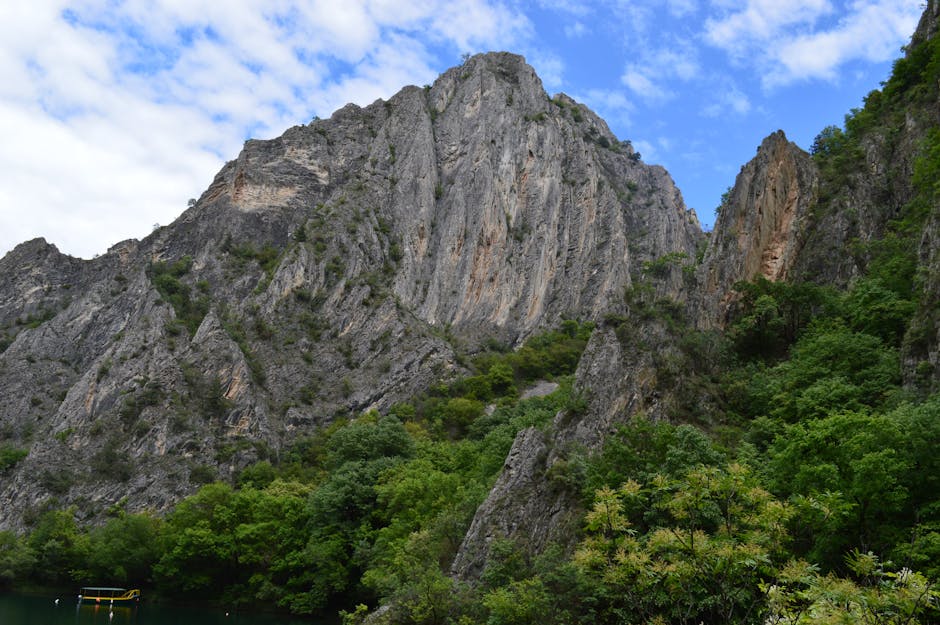Montenegro
Overview
Montenegro, a small country in Southeast Europe, is a hidden gem known for its stunning natural landscapes, rich cultural heritage, and warm hospitality. It's bordered by Croatia, Bosnia and Herzegovina, Serbia, Kosovo, and Albania, with a coast on the Adriatic Sea. The country is packed with medieval architecture, including centuries-old monasteries, churches, and walled towns. Its dramatic mountains, crystal-clear lakes, and beautiful beaches make it a paradise for nature lovers. The people of Montenegro are known for their hospitality, welcoming tourists with open arms. The unique blend of Slavic, Mediterranean, and Eastern influences in their cuisine and traditions further enrich the cultural experience.
Tourism Season in Montenegro runs from late May to early September, during which the weather is generally warm and sunny. The average temperature during this time ranges from 25-30°C, perfect for both beach and mountain activities. Montenegro offers a wide range of activities during this time, including hiking in the Durmitor National Park, exploring the medieval Old Town of Kotor, sunbathing on the Budva Riviera beaches, or sailing on the Adriatic Sea. The country also hosts several cultural festivals in summer, like the Kotor Carnival and Sea Dance Festival, which offer unique opportunities to immerse in local culture and traditions.
Before traveling to Montenegro, teenagers should ensure they have a valid passport. While the country is not part of the European Union, it is a part of the Schengen agreement, which means that travelers from many countries can enter without a visa for stays up to 90 days. However, it's always wise to check entry requirements in advance. Montenegro uses the Euro, so if you're coming from a non-Euro country, you'll need to exchange your currency. It's also recommended to learn a few basic phrases in Montenegrin, as while English is commonly spoken in tourist areas, it's less so in rural areas. Lastly, travel insurance is always a good idea to cover any unexpected incidents or medical needs.
A Glimpse into the Past
Montenegro, a small yet stunning country located in Southeast Europe, boasts a rich tapestry of history molded by its rugged mountains, azure Adriatic coastline, and diverse cultural influences. From its ancient tribes to its recent independence, Montenegro's past is filled with fascinating stories and significant sites that offer travelers a glimpse into its vibrant heritage.
Montenegro's history dates back to ancient times, with evidence of human settlement going back to the Neolithic period. The Illyrians, a group of tribes known for their warrior culture, were the first known inhabitants. They played a crucial role in shaping the region, and their legacy can still be seen in various archaeological sites, such as those found in the Cetinje Monastery, a key historical and religious site located in the former royal capital of Cetinje.
As you traverse the landscapes of Montenegro, you'll encounter the remnants of the Roman Empire, which left an indelible mark on the region. The ancient city of Herceg Novi, founded by the Greeks and later developed by the Romans, is a must-visit. Here, you can explore the Fortress of Herceg Novi, which offers breathtaking views of the Bay of Kotor, one of the most beautiful natural harbors in the world.
The Middle Ages brought significant transformations, as Montenegro emerged as a principality under the rule of the Nemanjić dynasty. This period saw the establishment of the Orthodox Church, which played a central role in unifying the Montenegrin people. Travelers should visit Ostrog Monastery, built into a sheer cliff face, which is not only a remarkable architectural feat but also a pilgrimage site attracting visitors from around the globe.
Montenegro's struggle for independence began in earnest in the 14th century when it resisted Ottoman rule. The Battle of Kumanovo in 1912 marked a significant victory for Montenegrin forces, leading to the liberation of many territories. The capital, Podgorica, is a modern city that still bears witness to its tumultuous past. The Millennium Bridge, a striking architectural piece, connects the old and new, symbolizing the country's resilience.
In 1918, following World War I, Montenegro was united with Serbia and later became part of the Kingdom of Serbs, Croats, and Slovenes, which eventually evolved into Yugoslavia. This period was marked by political upheaval and cultural conflicts that would shape the region's future. The historic town of Kotor, with its well-preserved medieval architecture and fortified walls, reflects the influences of both Venetian and Ottoman rule. A stroll through its winding streets reveals centuries of history, making it a UNESCO World Heritage site.
The 20th century brought further challenges for Montenegro. After World War II, Montenegro became one of the republics of Socialist Yugoslavia. During this time, the country experienced industrialization and economic development, yet political tensions simmered beneath the surface. The beautiful Durmitor National Park, a UNESCO World Heritage site, offers not only stunning landscapes but also a reminder of the natural beauty that Montenegro has preserved amid its tumultuous history.
The breakup of Yugoslavia in the 1990s led to a series of conflicts, and Montenegro initially remained part of a federation with Serbia. However, the desire for self-determination grew, culminating in a referendum in 2006 that resulted in Montenegro declaring independence. The Mausoleum of Njegoš, located on Mount Lovćen, honors one of Montenegro's most revered figures, Petar II Petrović Njegoš, who was a prince-bishop and a national poet. The site provides not only historical significance but also panoramic views of the surrounding landscapes.
Montenegro's independence opened a new chapter in its history, and the nation has since worked to establish itself as a modern state. The capital, Podgorica, has seen significant development, with contemporary architecture blending seamlessly with its historical roots. Travelers can explore the Old Town of Bar, where ancient ruins coexist with vibrant markets and local eateries, offering a taste of everyday Montenegrin life.
The Mediterranean coastline is a jewel in Montenegro's crown. The picturesque town of Budva, known for its stunning beaches and nightlife, also features a well-preserved old town that dates back to the 5th century. The Citadel and ancient walls provide a glimpse into the town's storied past while offering a lively atmosphere filled with cafes and shops.
Nature lovers will find solace in Montenegro's national parks, such as Skadar Lake National Park, the largest lake in the Balkans. This area is a paradise for birdwatchers and those seeking tranquility amidst picturesque landscapes. The charming town of Virpazar, located on the shores of the lake, serves as a gateway for boat tours that explore the stunning natural scenery.
For a unique blend of history and nature, the Bay of Kotor is unmatched. The fjord-like bay, surrounded by dramatic mountains, is dotted with ancient towns like Perast and Tivat, offering travelers the chance to explore historic churches and palaces. The Our Lady of the Rocks, a man-made island with a beautiful church, is a popular destination for those wanting to experience both spirituality and breathtaking views.
As Montenegro continues to evolve, it remains deeply connected to its past. The annual Kotor Carnival, one of the most colorful events in the region, showcases the vibrant culture of Montenegro, blending tradition with modern festivities. The streets come alive with music, dance, and local gastronomy, providing visitors an opportunity to immerse themselves in the local lifestyle.
Montenegro's history is not just a tale of struggles and triumphs; it is also a narrative of resilience and beauty. From ancient ruins to medieval towns and stunning natural landscapes, the country offers a rich experience that invites exploration. Whether you are wandering through the cobbled streets of Kotor, enjoying the vibrant nightlife in Budva, or gazing upon the serene waters of Skadar Lake, Montenegro's history is woven into the very fabric of its breathtaking scenery, making it a captivating destination for travelers seeking both adventure and insight.
Top cities for tourists in Montenegro
Discover the Famous Cities That Might Captivate Your Interests
Must-Try Foods You Can't Afford to Miss
Indulge in a Variety of Fantastic Foods During Your Stay in Montenegro
May Be Your Next Destinations
People often choose these countries as their next destination


